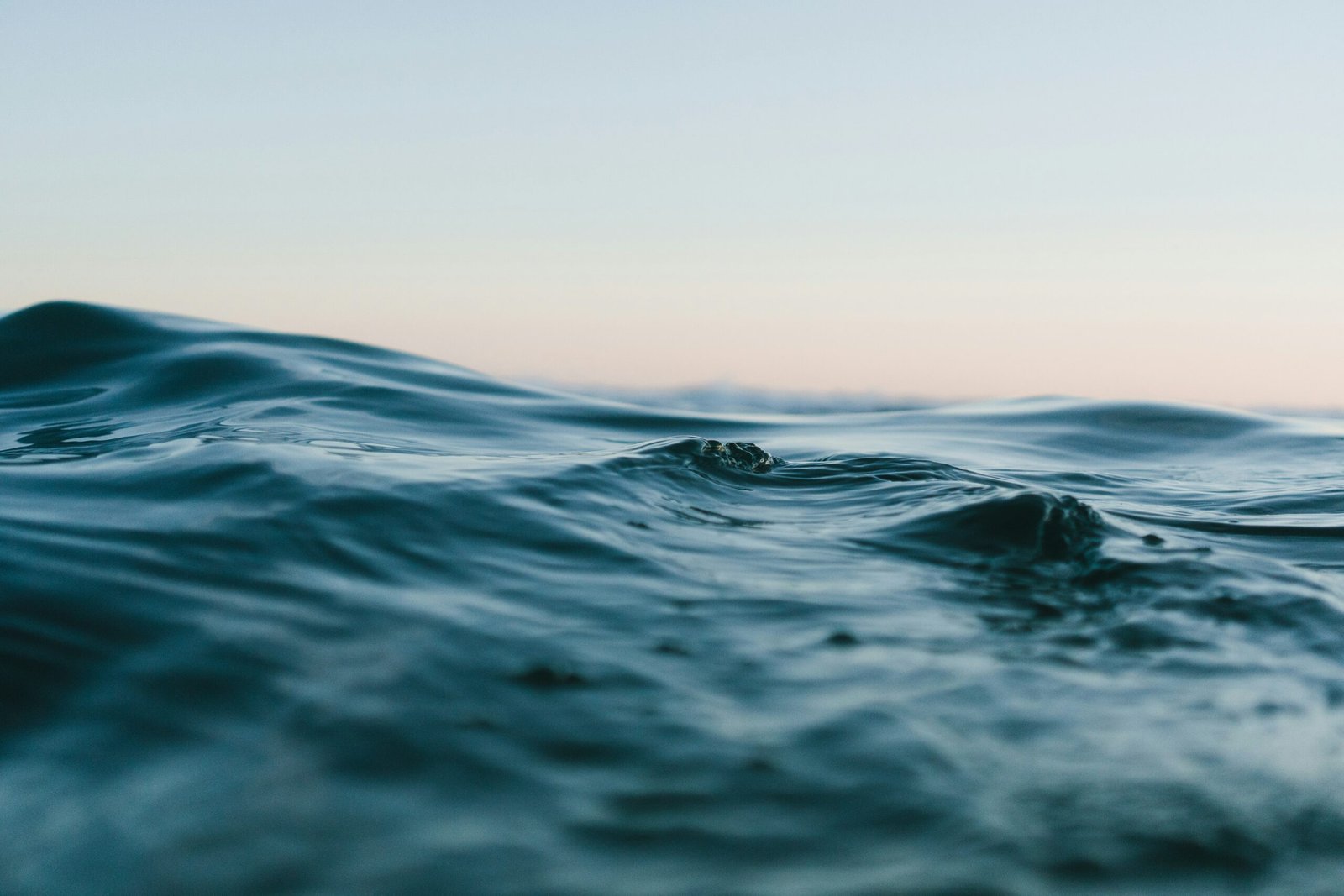The Eroticism of Nature in Art
Throughout the history of art, artists have been fascinated by the beauty and sensuality of the natural world. From lush landscapes to delicate floral still lifes, the depiction of nature has often been intertwined with themes of fertility, sensuality, and eroticism. In this blog post, we will explore how artists have captured these themes in their works and the impact it has had on the art world.
Nature as a Symbol of Fertility
One of the ways artists have depicted eroticism in nature is through the use of fertility symbolism. The abundance of life found in nature, with its blooming flowers, ripe fruits, and lush vegetation, has long been associated with fertility and sexuality. Artists have used these symbols to convey a sense of eroticism and sensuality in their works.
For example, in the paintings of the Dutch Golden Age, artists such as Jan van Huysum and Rachel Ruysch created sumptuous still lifes of flowers and fruits. These works were not merely representations of botanical specimens but were imbued with a sense of eroticism. The ripe fruits and voluptuous flowers were often depicted in a state of decay, symbolizing the transience of life and the fleeting nature of desire.
Nature as a Source of Sensuality
In addition to fertility symbolism, artists have also explored the sensual aspects of nature in their works. The play of light and shadow, the textures of foliage and petals, and the vibrant colors of the natural world have all been used to create a sense of sensuality and eroticism.
One artist who masterfully captured the sensuality of nature was Georgia O’Keeffe. Her iconic flower paintings, such as “Jimson Weed” and “Black Iris,” showcase the intimate details of flowers, magnifying their forms to create a sense of intimacy. O’Keeffe’s use of bold colors and close-up compositions invites the viewer to explore the sensual and erotic qualities of the natural world.
Nature as a Reflection of Human Desire
Another way artists have depicted eroticism in nature is by using it as a metaphor for human desire. The natural world, with its cycles of growth and decay, has often been seen as a mirror of human emotions and desires. Artists have used this connection to explore themes of passion, longing, and forbidden love.
An artist who delved into these themes was Gustav Klimt. His iconic painting, “The Kiss,” depicts a couple locked in a passionate embrace against a backdrop of swirling patterns and golden foliage. The intertwining figures and the lush surroundings create a sense of eroticism and desire, while also symbolizing the eternal cycle of life and death.
The Impact on the Art World
The depiction of the eroticism of nature in art has had a profound impact on the art world. It has challenged traditional notions of beauty and pushed the boundaries of what is considered acceptable in art. Artists who have explored these themes have often faced controversy and censorship, but their works have also sparked important discussions about sexuality, desire, and the relationship between humans and the natural world.
Furthermore, the exploration of the eroticism of nature has expanded the possibilities of artistic expression. It has encouraged artists to experiment with new techniques, perspectives, and subject matter, resulting in a rich and diverse body of work that continues to inspire and captivate audiences.
Conclusion
The eroticism of nature in art is a fascinating and complex subject that has been explored by artists throughout history. Through their depictions of fertility, sensuality, and desire, artists have created works that challenge our perceptions and ignite our imaginations. Whether through lush landscapes or delicate floral still lifes, the beauty and eroticism of the natural world continue to captivate and inspire us.

